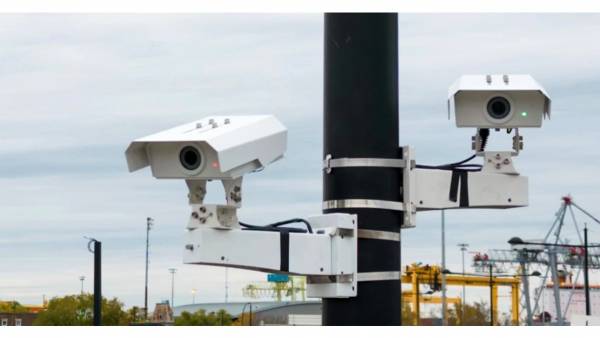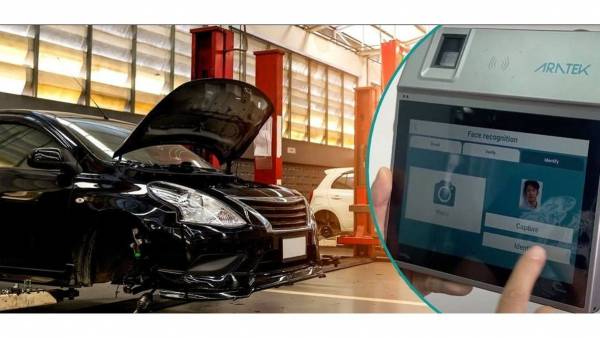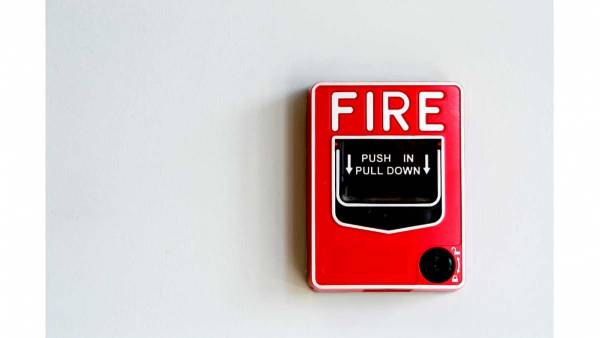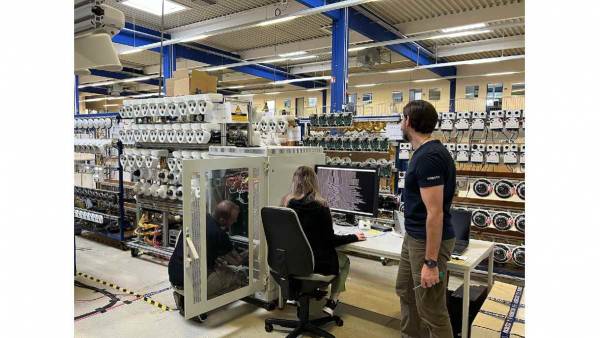by IQinVision
Why are so many end users switching to mega-pixel technology? The main reason is the price. That probably sounds confusing, as conventional "wisdom" says that a mega-pixel network camera that is reliable and industrial-quality is three to even four times more expensive than comparable low-resolution (4 CIF) cameras .
Objectives of video surveillance
Before we talk about pricing, let's first discuss why an end user would consider mega-pixels. This is the most important question, since in some cases these mega-pixel cameras may not be appropriate. Before looking at any camera or a combination of NVR/DVR, you should initially define the lenses for your video system. For simplicity, let's narrow down security goals to just three categories:
•General Surveillance: in this application a live visualization is usually given, in which the details about the recorded video are not needed, for example, you are observing a road and looking for traffic jams, but you do not need to read the plates, or you may also be looking to realize what a crowd is doing, but you don't need to recognize faces, you just want to detect when someone is in a restricted area, so you can respond immediately.
•Forensics: In this case, you need to see, record and recognize images such as license plates and faces, then you can return "after the event" and determine exactly what happened.
•Great detail: this function is used when it is required to read a license plate of a vehicle, but also if you need to read the model of the car. In a banking or retail context, you need to clearly see the faces of customers and employees, as well as identify the type of currency the user has in their hands.
By assigning a category to your application, you are, in fact, defining the resolution requirements. With older surveillance technology, the resolution was defined via TVL (Total Video Lines). Over the past few years, the market has evolved to define resolution by means of the total number of pixels. This becomes more objective when we compare products that have different resolutions, that is, when an image is 640 x 480, it really means 640 pixels (horizontal or columns) by 480 pixels (vertical or rows), for a total of 307,200 pixels, or approximately 0.31 of a megapixel (million pixels).
However, the resolution can only be defined by pixels if you determine the amplitude of the area that those pixels will cover. How do we determine this? It's all about pixels per foot.
Pixel-defined coverage per foot
For general surveillance applications you need approximately 20 pixels per foot; forensics require approximately 40 pixels per foot, and high detail requires at least 80 pixels per foot.
Once you have defined the type of application you have and know the breadth of the area you have to cover, you can deduce if the mega-pixels with the correct ones. An example will clarify this much more. Let's say you want to cover a parking lot in forensic detail and it is 100 feet wide. For simplicity, we will only discuss the width (horizontal field of view) here, for a real analysis it would be necessary to take into account the width and depth.
100 feet x 40 pixels/foot = 4,000 pixels, which is what you'll need to cover that 100-foot area and recognize license plates and facial details. Once you have this, the rest is easy. {mospagebreak}
The next step is to determine which resolution cameras you want to use. This is set by dividing the number of pixels you need to cover the area (in our case, 4,000) by the number of horizontal pixels (columns) your camera offers you.
If you use 320H x 240V (0.07 mpix) resolution cameras, it will require 4,000/320 = 13 cameras (really 12 1/2, but we will never find 1/2 camera).
In a resolution of 640 x 480 (0.31 mpix), you need 4,000/640 = 6 1/4 cameras, i.e. at least seven cameras. For a resolution of 1280 x 1024 (1.3 mpix) you need 3 1/4 cameras, that is, four cameras that will surely cover the area. In a resolution of 2048 x 1536 (3 mpix), two cameras will do the job.
Let's talk about price
In this example, let's compare a non-nano-pixel installation for the parking lot, with the highest-level mega-pixel cameras. If we look online, a high-quality camera made by an established manufacturer, and offering a 640 x 480 image, has a market price of about $350. A high-quality camera made by an established manufacturer, and that can deliver an image of 2048 x 1536, has a market value close to $1,249. A high-quality external heater/fan protective cover is worth $225 and 100 feet of 5-gauge cable can be purchased for $20 (coaxial is more expensive). Let's include $100/labor unit to install a camera. and let's do the calculation:
BOX
Obviously, this is a rather simple model, but it clearly demonstrates an important fact: if you have a wide area to cover, the mega-pixel is cheaper. Before rejecting this analysis because we leave out storage, make sure we include it in a future article.
As a preliminary visualization, consider that while a mega-pixel is certainly larger than a 640 x 480 image, with the smart camera tools we have today, the difference is not as big as you might suspect. In fact, if we keep everything unchanged in terms of compression, two images from a 3-megapixel camera typically require less storage than seven images from a 640 x 480 camera.
Conclusion Note
We intentionally avoid making a discussion about compression in this article, as there are many variables that need to be considered. However, end users should be wary of companies trying to convince them that they can compress images without losing image quality; a good practice is to ask someone to propose any system to you, present you with a real JPEG image and an 8 x 10 brightness of a moving image captured on your site as part of the bidding process. This will help ensure that you get what was paid.

























Leave your comment